Home>Articles>The Environmental Benefits of Helical Piles Compared to Traditional Foundation Methods
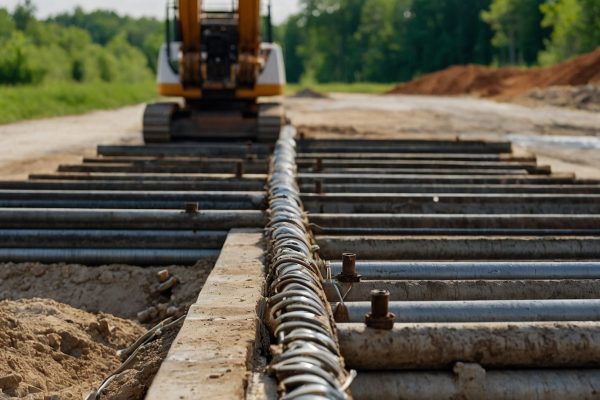
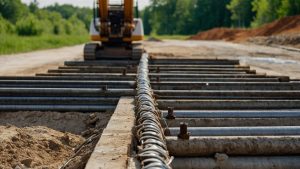
Articles
The Environmental Benefits of Helical Piles Compared to Traditional Foundation Methods
Published: June 24, 2024
Discover the eco-friendly advantages of helical piles over traditional foundation methods, reducing environmental impact and preserving natural landscapes.
(Many of the links in this article redirect to a specific reviewed product. Your purchase of these products through affiliate links helps to generate commission for Storables.com, at no extra cost. Learn more)
In an era when sustainable practices are crucial, the construction industry is under increasing pressure to implement ecologically friendly practices. The helical pile is an innovation that has significantly impacted foundation construction. It provides a more sustainable alternative to traditional foundation systems. In this article, we’ll explore the environmental advantages of helical piles compared to conventional foundation systems.
1. Reduced Site Disturbance
Traditional foundation construction frequently requires massive excavation, causing severe disruption to natural surroundings. In contrast to other methods, helical pile installation reduces site disturbance by eliminating the need for deep excavations. It also decreases the use of natural resources for earth-moving activities.
Site disturbance can directly affect or harm organisms by destroying their habitats, disrupting breeding or feeding sites, or causing mortality. Helical piles help maintain biodiversity and vulnerable habitats by minimizing disturbance.
Read more: What Are The Benefits Of A Juicer
2. Minimal Concrete Usage
Concrete, a key component of traditional foundation systems, has a significant environmental impact due to its high carbon emissions during production. As steel shafts with helical plates make up these piles, helical piles minimize the need for concrete, even eliminating the need for it in some projects. This ultimately results in the following:
- Reduced greenhouse gas emissions
- Less water and energy consumption
- Less material waste
- Decreased pollution from the transportation of raw materials
3. Energy-Efficient Installation
Helical pile installation differs from standard foundation procedures in requiring less equipment and little workforce. The installation process is simple, involving rotating them into the ground using hydraulic machinery. This screws the pile into the soil until it reaches the desired depth and load-bearing capacity.
This straightforward installation reduces energy usage and greenhouse gas emissions. Additionally, the spiral pile assembly practice can be completed quickly, which lowers the project’s overall energy consumption. All this makes it consistent with sustainable construction practices and contributes to the industry’s efforts to minimize carbon emissions
4. Adaptability to Challenging Terrain
One of the primary benefits of helical piles is their adaptability to a wide range of soil conditions. They are instrumental in environmentally sensitive places where traditional foundation technologies may be hazardous.
Helical piles are effective in various conditions, such as soft soils, high water tables, and environmentally protected zones. They maintain natural landscapes and ecosystems. By reducing the need for extensive earthworks and terrain changes, they ensure dependable foundation support for various structures. Whether encountering rocky terrain, expansive clay soils, or areas prone to subsidence, helical piles provide reliable foundation support without the need for extensive excavation or soil stabilization measures. This adaptability minimizes environmental disturbance while ensuring the structural integrity of buildings, infrastructure, and other developments in diverse geographical settings.
5. Long-term Sustainability
Helical piles not only provide immediate environmental benefits but also ensure the stability and durability of structures over time. Their corrosion-resistant steel construction ensures greater load-bearing capacity, and the spiral design adds resistance to soil movement. These features reduce the need for future maintenance and repairs. The structure’s durability decreases the environmental effect of continuous construction activities. It also improves the building’s overall sustainability.
Read more: What Soil Mix Compares To Foxfarm
Endnote
Helical piles represent a paradigm shift in foundation construction, providing a more sustainable alternative to existing methods with considerable environmental benefits. They limit site disturbance, reduce carbon emissions by using less concrete and encourage energy-efficient installation procedures. As the constraints industry prioritizes sustainability, adopting helical piles is positioned to play a crucial role in establishing a greener future for infrastructure development.
Was this page helpful?
At Storables.com, we guarantee accurate and reliable information. Our content, validated by Expert Board Contributors, is crafted following stringent Editorial Policies. We're committed to providing you with well-researched, expert-backed insights for all your informational needs.
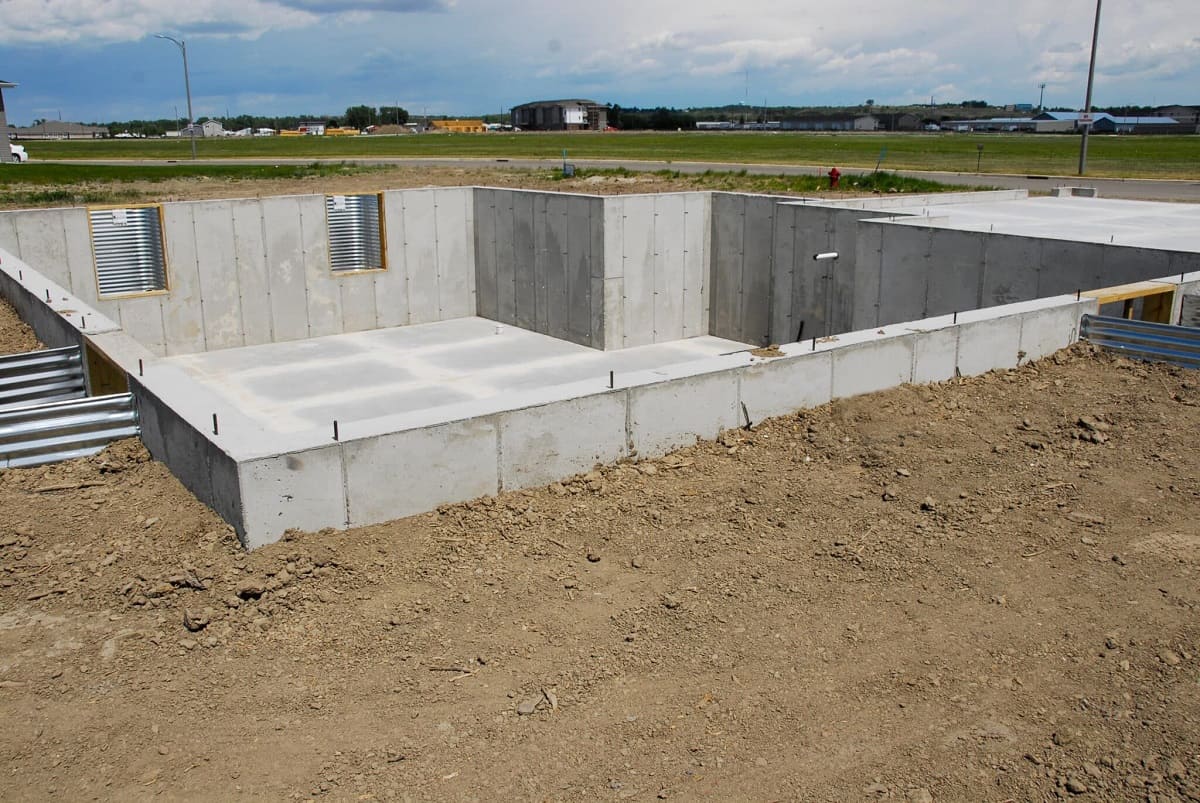







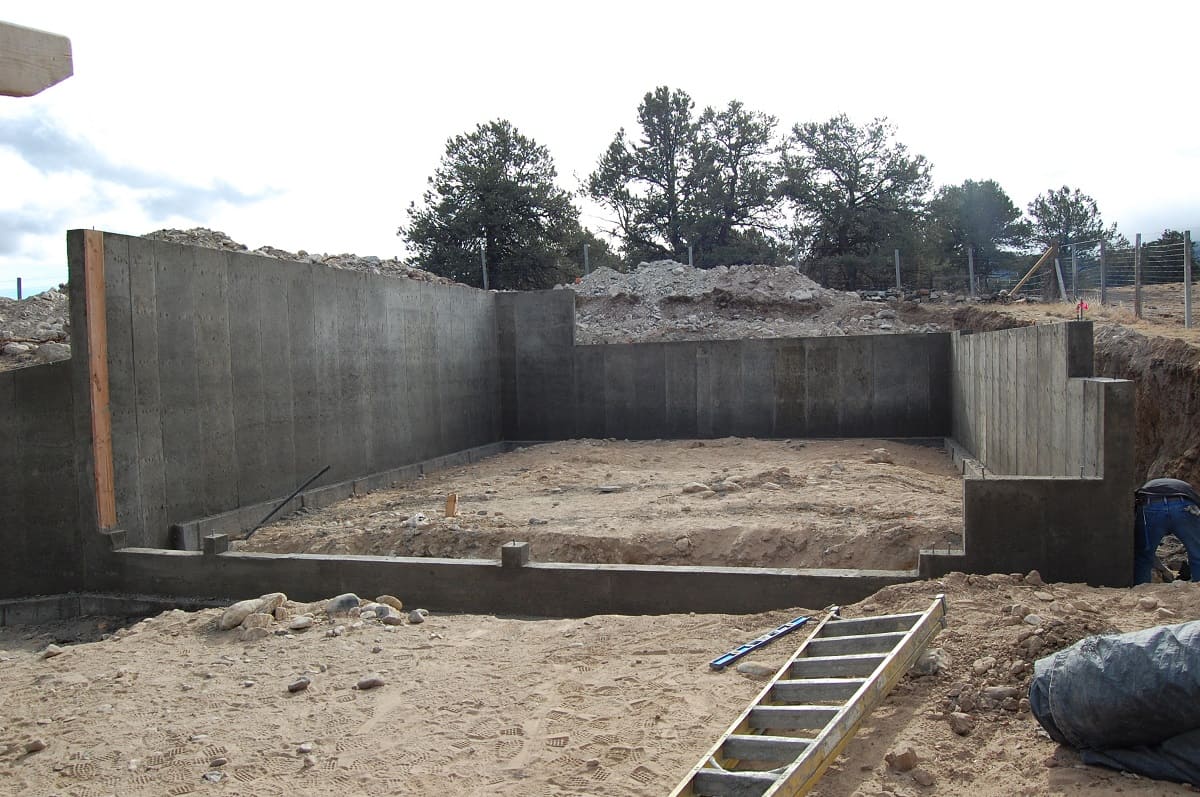
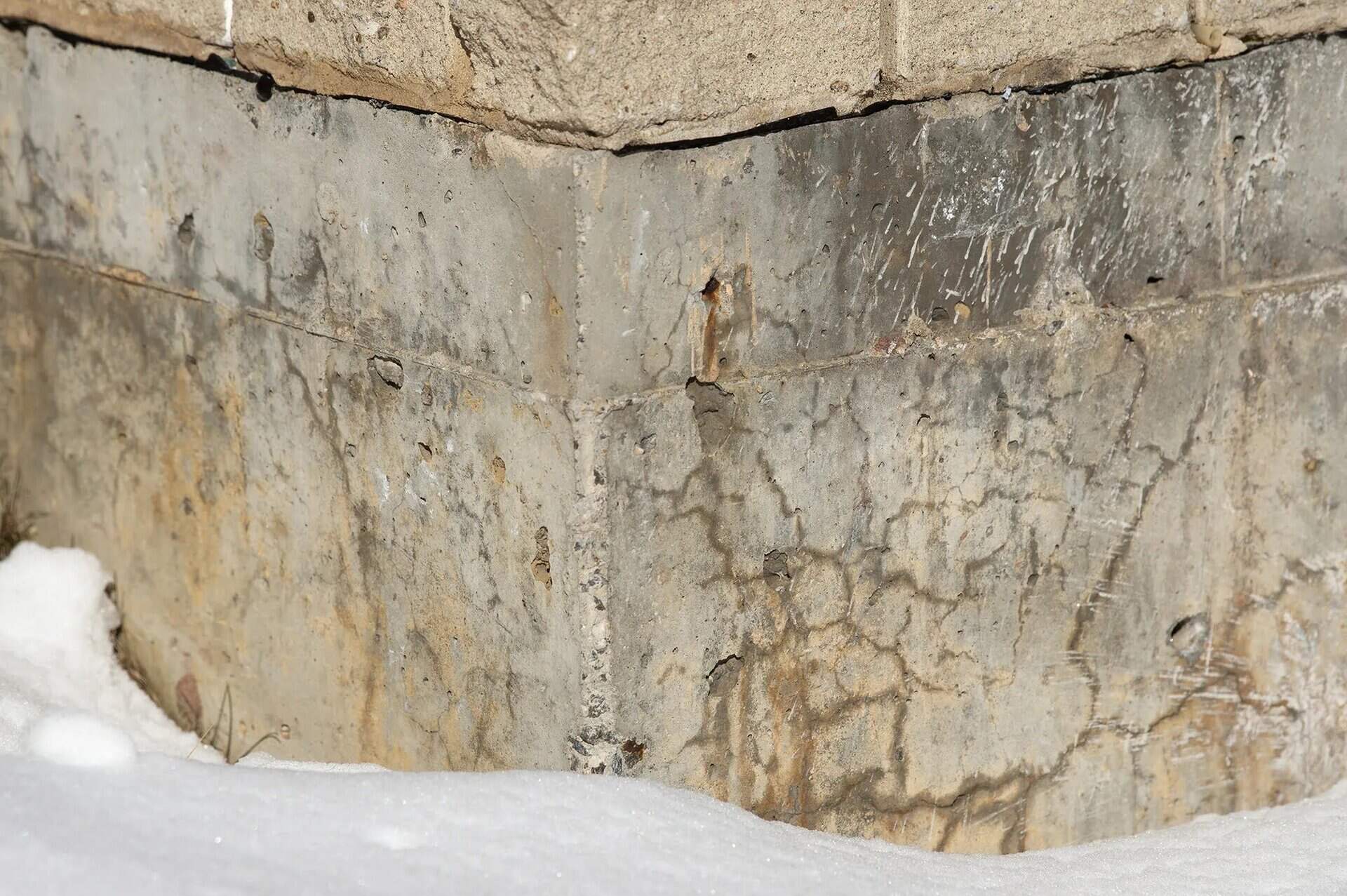


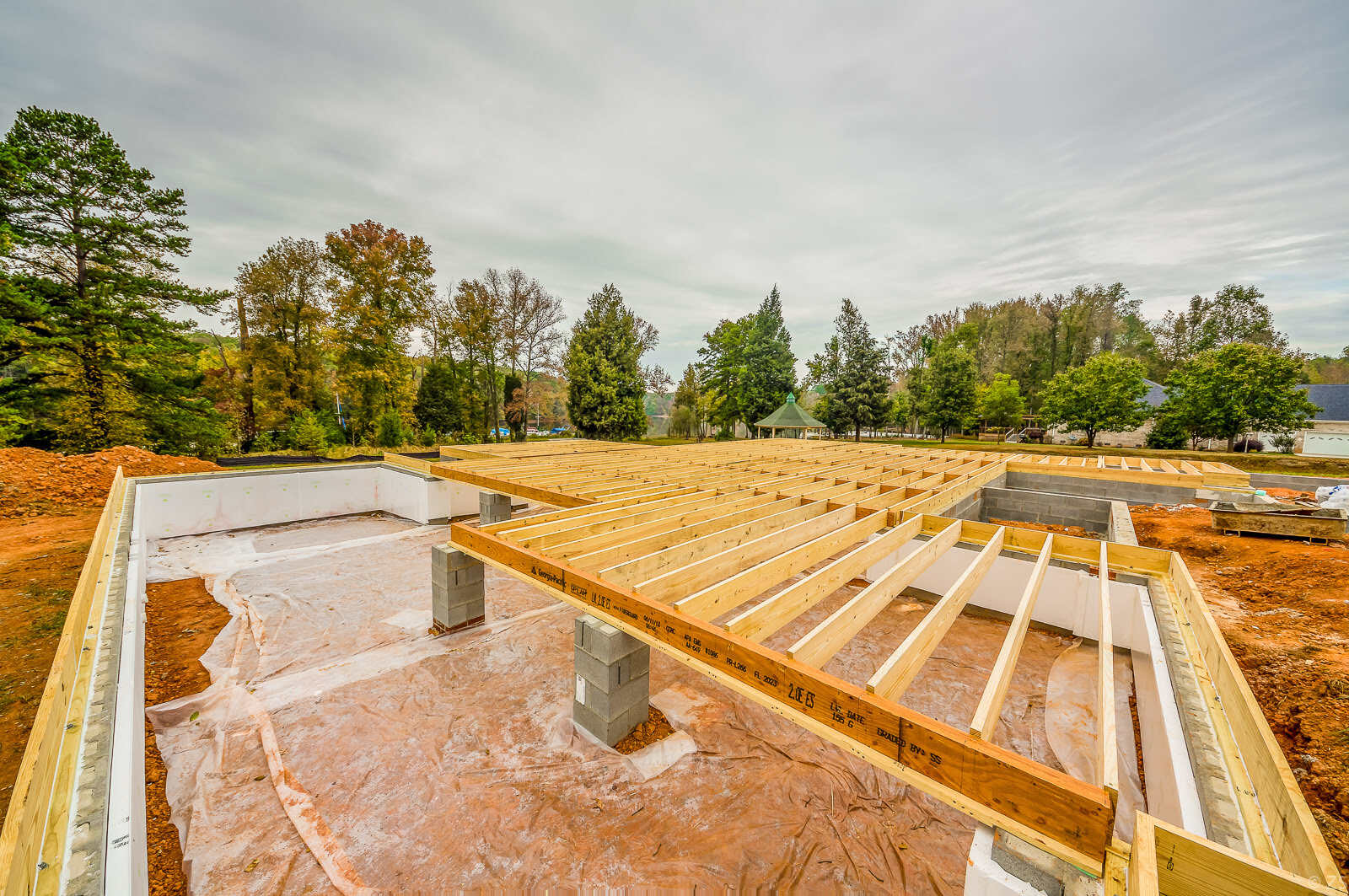


0 thoughts on “The Environmental Benefits of Helical Piles Compared to Traditional Foundation Methods”